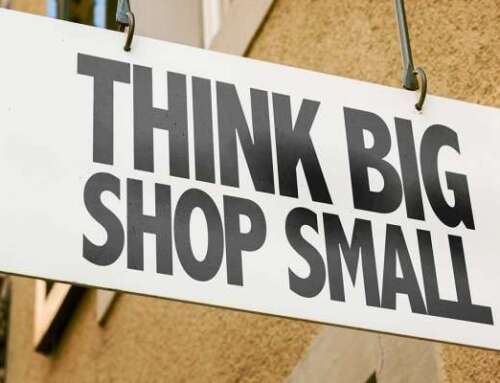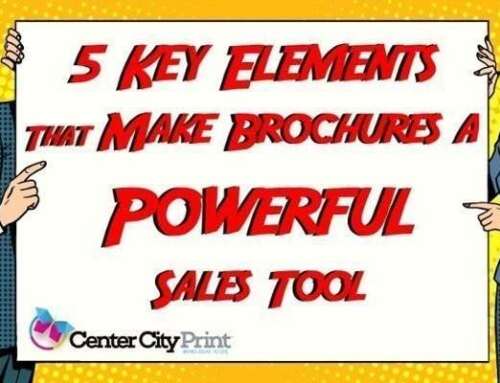The war between print and digital marketing solutions stops here. Both print and digital have their benefits, but the inside secret is that you don’t have to choose between them. Both avenues will achieve the ultimate goal of reaching customers, and by taking the best of each we can find the most efficient path to reach customers.When print and digital marketing solutions are combined there are a wide array of options to attract new customers, reach existing fans, keep the community engaged, and ultimately provide an environment for your business to thrive.
Print and Digital Marketing Solutions: Understanding Both
Any marketer will say that the key to success is knowing who is the target customer. Specifically, this means knowing the where the customers go, what needs they have, and where they look to solve those needs. Automatically, one may realize that digital media, especially social media, can easily provide the information above. However, this is only true if your customers are actively engaging in the same platforms your business is and are actively engaging with your business.
This is where the balance comes in! By understanding the target customer, you might realize that it is worth the investment to print a physical newsletter rather than send it out via email, because your audience response better to that. In the same vein, if the majority of your customers like using Facebook and Twitter, but not Instagram, there is no value in investing time into building up or even having an Instagram account. It might seem obvious but, step one is observing what your customers respond best to, realizing it might be a mix of print and digital, and investing time and money into that. One of the top approaches to achieve success is through an omni-channel marketing approach which creates clarity of message through each medium.
After understanding the best places to find and engage with your customers, it’s all about knowing how to get them to notice you. This comes in many forms. It could be providing interesting content to actively engage with your customers, rather than just advertise at them. In terms of print, this might be using direct mail along with a qr code to bridge the gap between traditional and digital marketing solutions. A study reports that about 79% of households actually read direct mail. 42% of people reported that direct mail was the reason they tried a new business. Therefore, creating a balanced media strategy might mean using something like direct mail to attract new customers to your social media/website/email list, learning more about them there, so you can show them your value directly.
Finding the Balance
Ever heard of the 80/20 rule? My marketing professors spoke about it countless times, so it pops into my mind every once-in-awhile. The rule states that 80% of a business’ revenue comes from 20% of their customers. This means that there is a distinct community of super fans who are counting on your business. Why not talk to them?
The automatic answer may be digital marketing solutions, specifically social media, to engage with your 20%. However, leaving it just to digital could be a huge mistake. Print gives people something to hold onto and look back on. Starting a campaign with something a person holds and keeps around can serve as a base. Digital reminders like emails, tweets, and posts support the information. While they fade much more quickly and cannot contain as much information as the original print, they are still useful. Therefore, using both print and digital media can serve as the ideal balance. It keeps your customers engaged and interested in your business.
Striking a balance between using print and digital media does multitudes. It creates several more opportunities to connect with new customers, stay engaged with returners and ultimately create a thriving community. Leveraging the benefits of both print and digital will prove two things. First, that there is no need to choose between them. Secondly and ultimately, that there exists no need for the war of print against digital.







Kurt, you wrote an excellent post! A reasonable marketing effort, in my opinion, must have a mix of print and digital media. It is vital to identify the target audience for both strategies before planning the campaign and allocating the budget. However, you must first identify your marketing objectives and then be consistent in your approach to achieve success.
Will, I couldn’t agree more. Thank you for your insights and I think maybe adding a series of posts that all help businesses understand the marketing mix.